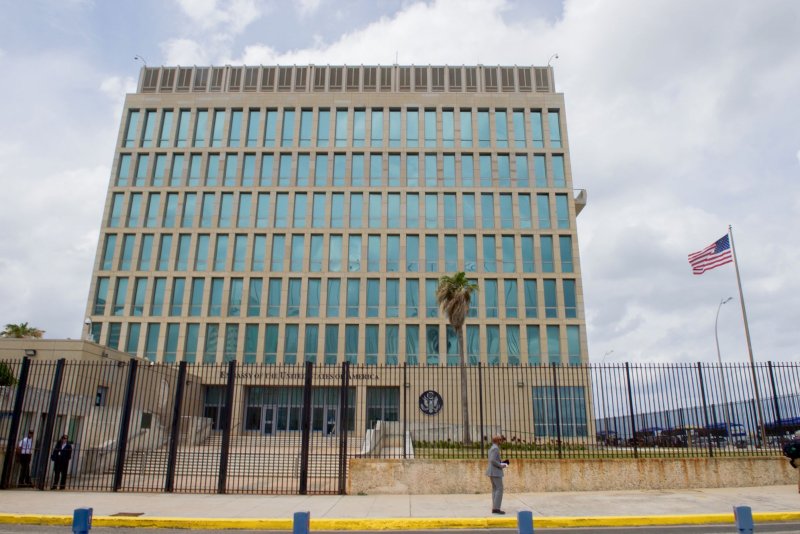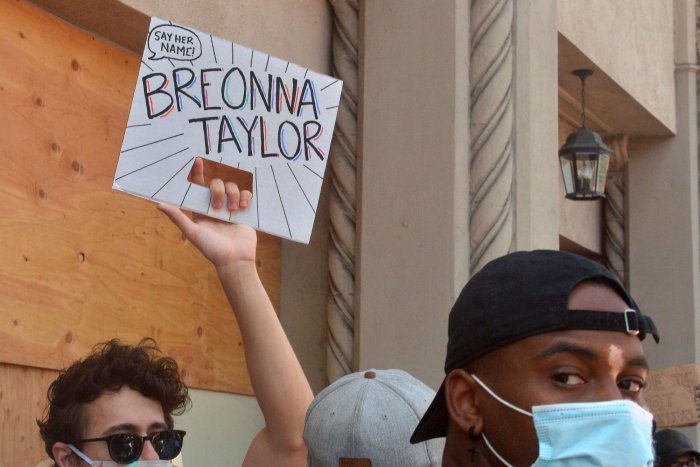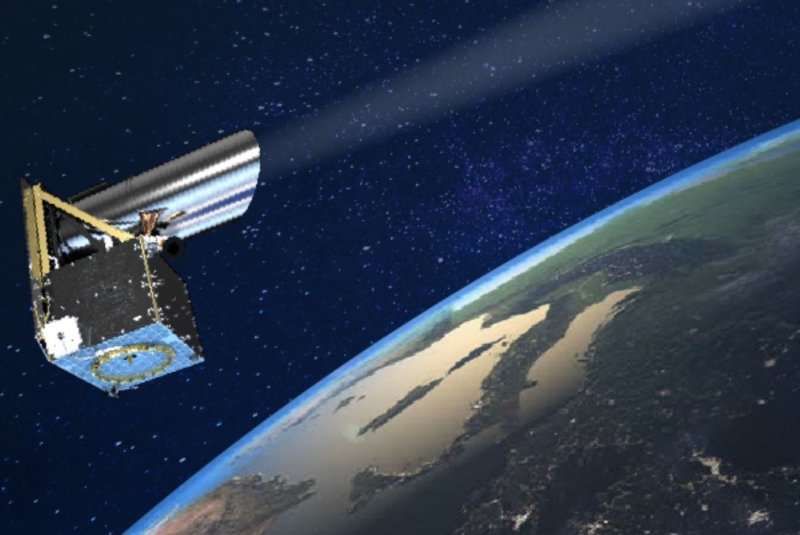Former Ambassador Spratlen to oversee 'Havana syndrome' problem
CANADIAN STUDY FOUND NADA, ZIP, NOTHING
AMERICANS WILL STUDY THIS TILL THEY FIND SOMETHING

Some 40 diplomats, U.S. Embassy workers and their family members reported symptoms of the so-called "Havana syndrome." File Photo courtesy of the U.S. Department of State | License Photo
March 12 (UPI) -- The U.S. State Department on Friday appointed former Ambassador Pamela Spratlen to oversee an investigation into mysterious illnesses reported by U.S. diplomats serving at the Embassy in Cuba in 2017.
She will serve as a senior adviser on the Health Incident Response Task Force.
The United States launched the high-level probe in 2018 after dozens of employees and their family members came down with symptoms of what came to be known as "Havana syndrome." They reported a range of concussion-like symptoms, including balance problems, memory lapses, difficulty concentrating, insomnia, headaches and nausea.
State Department officials initially said the employees may have been targeted by a "sonic attack." Some said they heard high-pitched noises in in their hotel rooms or homes. But the mystery remains unsolved.
"The selection of Ambassador Spratlen will help us make strides to address this issue wherever it affects department personnel and their families," Secretary of State Antony Blinken said. "She will streamline our coordination efforts with the interagency community, and reaffirm our commitment to make certain that those affected receive the care and treatment they need."
Spratlen previously served as ambassador to Uzbekistan from 2015 to 2018, and as ambassador to Kyrgyzstan from 2011 to 2014. She joined the U.S. Foreign Service in 1990.
In 2019, researchers said they detected some "alterations" in the affected diplomats' brain structure and function, though it was unclear if those changes were significant.

Some 40 diplomats, U.S. Embassy workers and their family members reported symptoms of the so-called "Havana syndrome." File Photo courtesy of the U.S. Department of State | License Photo
March 12 (UPI) -- The U.S. State Department on Friday appointed former Ambassador Pamela Spratlen to oversee an investigation into mysterious illnesses reported by U.S. diplomats serving at the Embassy in Cuba in 2017.
She will serve as a senior adviser on the Health Incident Response Task Force.
The United States launched the high-level probe in 2018 after dozens of employees and their family members came down with symptoms of what came to be known as "Havana syndrome." They reported a range of concussion-like symptoms, including balance problems, memory lapses, difficulty concentrating, insomnia, headaches and nausea.
State Department officials initially said the employees may have been targeted by a "sonic attack." Some said they heard high-pitched noises in in their hotel rooms or homes. But the mystery remains unsolved.
"The selection of Ambassador Spratlen will help us make strides to address this issue wherever it affects department personnel and their families," Secretary of State Antony Blinken said. "She will streamline our coordination efforts with the interagency community, and reaffirm our commitment to make certain that those affected receive the care and treatment they need."
Spratlen previously served as ambassador to Uzbekistan from 2015 to 2018, and as ambassador to Kyrgyzstan from 2011 to 2014. She joined the U.S. Foreign Service in 1990.
In 2019, researchers said they detected some "alterations" in the affected diplomats' brain structure and function, though it was unclear if those changes were significant.





























